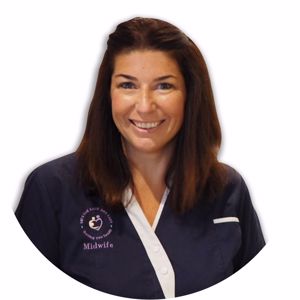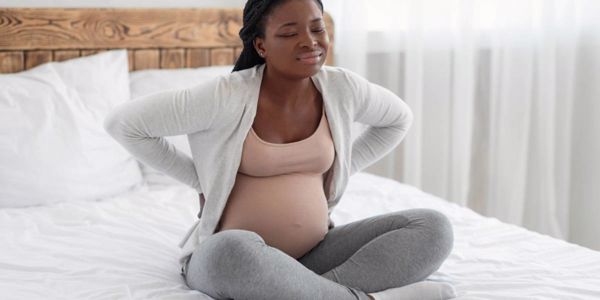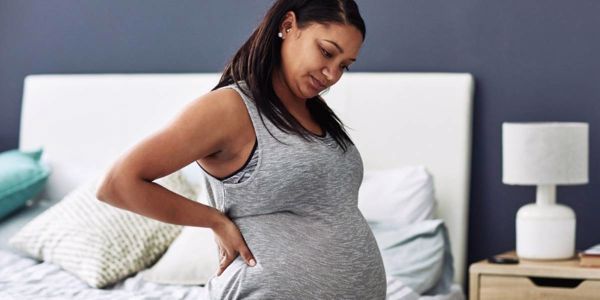Falling pregnant can be an exciting time, but also one that brings about a period of uncertainty and terminology that you may not have expected or understand. Add to that the news that your pregnancy, for whatever reason, has fallen out of the 'low-risk' category, and you can suddenly feel that the rug has been pulled out from underneath you.
There are lots of tests, observations, and screening programmes that you will be offered throughout pregnancy to check that everything is on track, which we’ve just covered in the last two sections. However, should you find yourself being told of a certain concern, be it high blood pressure, gestational diabetes or that your baby is on the large side, you can feel confident that you are in safe hands.
If you’ve been told your pregnancy is at a higher risk from the start during your booking appointment, you will be given a consultant appointment to discuss your ongoing care and assess whether you are high-risk. If you are, you will likely have consultant-led care, meaning you will be monitored a bit more, have a few more scans and tests than normal and there may be some suggested limitations to your birth options. Many of these appointments will be with your consultant obstetrician.
Often, certain conditions can develop during pregnancy, where you will have specialist midwives or doctors that will provide you with specific advice relating to your circumstances, and you will also be offered more frequent monitoring to make sure things remain on track. The best advice we can give you, is to keep asking those questions. If you are unsure about any answers, just let them know and they will be happy to explain things again. There is no such thing as a silly question and the likelihood is, that it has been asked 1000 times before.
Several things could turn your otherwise normal pregnancy into one that’s higher risk.
These include, but are not limited to:
- Gestational diabetes
- High blood pressure/pre-eclampsia
- Larger babies
- Rh sensitisation
- Abnormal placental position
- Baby growth under 10th percentile
Other factors that would make you high-risk:
- Aged under 17 or over 35
- A BMI under 18.5 or
over 30 - · Any pre-existing conditions/illnesses that could make your pregnancy more difficult/complex (e.g., epilepsy, blood disorders, asthma, high blood pressure)
- Any difficulties or complications in previous pregnancies
- Twins/triplets etc.
- Family history of pregnancy complications/illnesses
- History of mental health issues (e.g., anxiety, depression)
Of course, when it comes to choosing your birth options, being higher risk can make some decisions more complex, for example, a home birth may present more challenges and as such, it could be advised that this would not be the safest option. Where you have your baby is your decision and it is one that should be supported by your care providers.
What if it's recommended you change your plans?
Being advised that where you have chosen to have your baby is not recommended, can be disappointing. No one can force you to have your baby anywhere you don’t want to. Your decision cannot lawfully be overridden by anyone else unless you lack the mental capacity to make that decision. Remember, the midwives and doctors looking after you truly do want what is safest for you and your baby. They also want you to make informed decisions based on that desired outcome. Make sure that when you are considering the advice of your team, that you fully understand their recommendations and if you are unsure or don’t understand something, don’t be worried about asking for things to be explained again.







